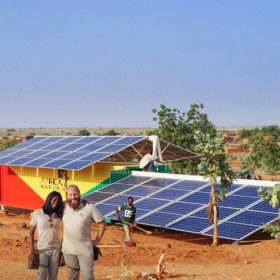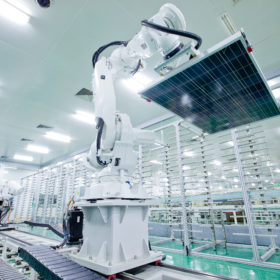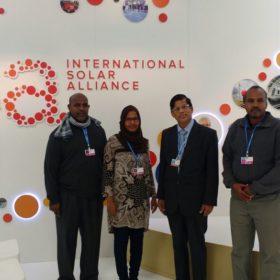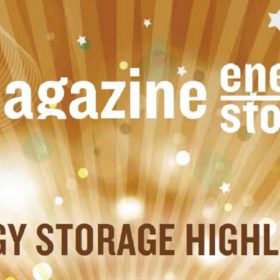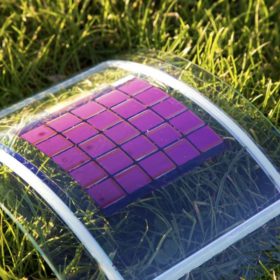IFC, EIB and EBRD commit $424.5 million in green bonds for emerging markets
Three of the world’s leading development finance institutions (DFIs) commit US$424.5 million of investment in green bonds, specifically for developing markets.
The sun shines brighter if the risks don’t cloud it
Finance in developing countries: Economics teaches that capital flows from where it is in surplus to where it is in demand. But that is not the case with renewable energy. The biggest pots of institutional capital in advanced economies are not shifting to developing ones. It is time to take a hard look and develop solutions that resolve this anomaly.
Q&A: JinkoSolar discusses half cut cells, multi-busbars and bifacial technology
Ahead of its upcoming webinar, on March 27, JinkoSolar’s Head of Technical Service Europe, Andrea Viaro, discusses the company’s new Half Cell (HC) Series, the benefits of multi-busbar and bifacial technology, and upcoming innovations, in a Q&A with pv magazine.
Big weekend: What will happen at the International Solar Alliance Summit?
The International Solar Alliance (ISA), now registered under the United Nations, is organizing its first summit to be held this Sunday, March 11. It is also set to host a founding ceremony of the ISA in the presence of French President, Emmanuel Macron, Indian Prime Minister, Narendra Modi and Bangladeshi President, Abdul Hamid. Government dignitaries of member countries are joining, and 51 solar projects will be signed.
pv magazine Storage Highlights’ ranking 1 to 24
Overall, 24 exhibitors from the upcoming Energy Storage Europe event in Germany’s Düsseldorf submitted proposals to the pv magazine Storage Highlights’ jury. They were ranked in the following categories: Relevance to industry; USP; Market impact; Contribution to the energy transition; and Innovation. Read on to discover how they fared.
RE 100 signatories could spur 35 GW of solar opportunities
To meet their 2030 renewable energy targets, RE 100 signatories will need to procure around 172 TWh of additional energy generation, writes BNEF. Up to 35 GW of solar and 51 GW of wind could be deployed, if they met this demand through PPAs.
Building a better world of smart structures on the smart grid
It is a truth universally acknowledged that billions of people around the world live in poverty. But does it have to be that way? Today’s technological progress means that tomorrow we will be able to produce more, more efficiently – lifting people above the breadline with accelerated economic growth all around the world. Key to these efforts are smart buildings, argues Hussain Kazmi, a PhD student at KU Leuven and Enervalis.
The Weekend Read: Polysilicon and wafer manufacturer ranking
Polysilicon and wafer manufacturer ranking: PV demand reached record levels in 2017, with global installations surpassing 100 GW for the first time ever. Few in the industry expected deployments to hit this level, piling the pressure on to the supply chain. Armed with polysilicon and wafer manufacturer ranking data supplied by IHS Markit, pv magazine delves into the past year’s upstream landscape.
Unique properties of organic polymer solar cells expected to open niche market opportunities
While they cannot match the durability and efficiency of inorganic silicon-based solar cells, organic polymer solar cells show potential to provide power to remote microwatt sensors, wearable technology and the Wi-Fi-connected devices constituting the Internet of Things.
Shifting demand and pricing pressure main solar tracker challenges – GTM Research
Following its latest global solar PV tracker report, GTM Research speaks to pv magazine about what the sector can expect to see this year. Shifting demand and pricing pressures will be the main challenges. While Latin America continues to grow, the U.S. market will rebound. Bifacial and C&I growth confirmed as hot tracker trends.
